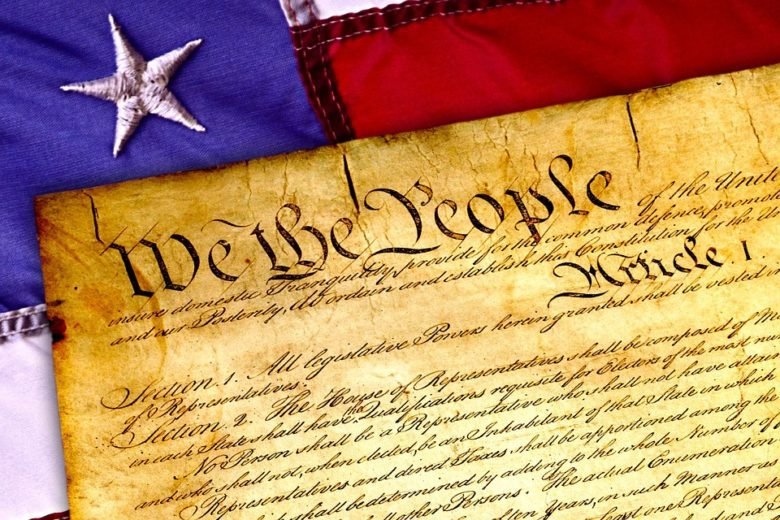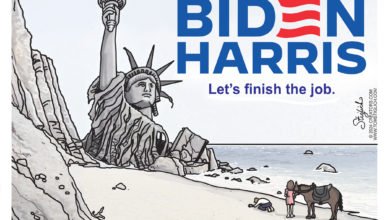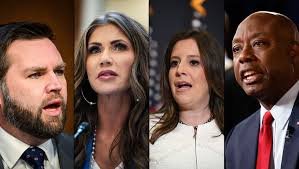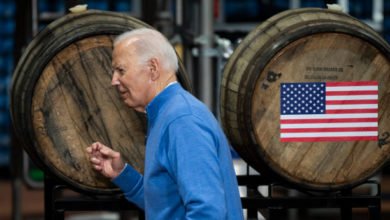California Takes the Lead in Electric Car Mandate—How Will the Rest of America Respond?
California. “Whether it’s the beautiful sun-kissed beaches and parks, or the long roads and mountains, the Golden State is sure to amaze you.” That’s usually how the state is promoted to the rest of the country for tourism (and the world for that matter.)
California is also home to one of the most strictest laws in the United States—be it the COVID lockdown, driving under the influence, speeding and reckless driving or gun usage.
In late August, California announced it would ban the sale of new gasoline-powered cars by 2035. However, a week later, the state asked its residents to stop charging their electric vehicles (EVs) to conserve energy amid a grueling heatwave. So, given such a scenario more than a decade later, are all Californians meant to pause mass transportation?
This new rule, which Washington and Massachusetts also plan to follow under the guidelines enacted by The California Air Resources Board, might reduce U.S. sovereignty due to increased reliance on China, which has the largest market for the resources necessary to build EVs in the first place.
Any commitment to eliminate gasoline-powered cars and focus on an increasingly costly technology might impact Californians who are or will be part of lower to middle-income households. Indeed, it has been reported that car insurance for EVs can be considerably more expensive than standard gasoline-powered cars, and within its first year, a brand new electric car’s value can depreciate by up to 20 percent.
On a different note, a Forbes article released in March highlighted that an electric truck traveled 150 miles on a single battery charge while hauling 6,000 pounds of payload. In that same month, the U.S. Department of Energy released a study to support the premise that by 2035, electric trucks will cost the same or less than diesel-fueled trucks. And by August, Elon Musk, CEO of Tesla, tweeted that the company’s first electric semi-truck with 500 miles range would start shipping this year.
Yet, a distinct feature of EVs is battery degradation. While a gasoline-powered car’s tank does not change with age, the battery range of an EV diminishes over time, lowering the maximum number of miles covered before the vehicle needs to be recharged.
The mandate to be imposed on California must account for the fact that the Golden State is the nation’s largest net electrical-importing state, receiving an average of 89 million megawatt-hours annually. Moreover, an EV costs on average $66,000—an increase of 13 percent year over year—which is not a feasible option for most middle-income Californians.
It’s hard to envision lower to middle-income earners snapping up the latest Lucid Air or Tesla Model S that costs over $100,000. But, on the other hand, if they’re looking for an EV that can travel just over 250 miles on a fully charged battery for less than $50,000, there is a finite set of options. Yet, just how practical are these options given that some Californians might need to travel across the lengthy state or outside the state altogether?
Furthermore, California wants “zero carbon” EV sales to account for 35 percent of all new vehicles by 2026, and 68 percent by 2030. However, Andrew Wheeler, the former Environmental Protection Agency (EPA) Administrator under Trump, told the Daily Caller News Foundation that these goals are impractical.
“It’s 100 percent by 2035, but it’s 35 percent by 2026, California has between 11 percent and 13 percent EVs as its total share of cars,” Wheeler said. “It’s unrealistic…they can’t get to 35 percent EVs by 2026, let alone 68 percent by 2030.”
There have been suggestions that Californians displaced after the mandate kicks in can work in “green jobs” or “clean energy jobs.” Such work might include producing goods and delivering services focused on saving or reducing the usage of natural resources. Other jobs might include manufacturing equipment for solar panels and wind turbine components; selling solar panels; and installing, maintaining and repairing equipment used in the solar and wind industries. With that said, a 2021 New York Times article reasoned that “green jobs” are risky because they are temporary and pay less than traditional jobs in the fossil fuel industry.
Moreover, although Detroit’s Big Three car manufacturers in North America have initiated $17 billion worth of new EV battery assembly facilities, 90 percent of battery components are imported primarily from China, followed by South Korea and Japan.
The only group of EV battery components with at least six U.S.-based companies are software systems that ensure the safety and monitoring of battery charging, only two of which are based in California.
Therefore, how many “green jobs” will be available for Californians besides software engineering? Tesla, for instance, has reportedly poured more than $1 billion into its Gigafactory company, which is expected to create 10,000 jobs—in Texas. Conversely, in late August, Tesla filed to build a new battery manufacturing equipment line in northern California, with two projects reportedly valued at a combined $2.8 million. What may bring some relief is an article by Forbes in late June: California ranks third in total new “clean energy jobs,” adding around 30,000 new positions fueled by increasing opportunities in “carbon-reducing motor vehicle manufacturing.”
Aside from Washington and Massachusetts, New York, Oregon and Vermont are also expected to adopt California’s ban on gasoline-fueled vehicles due to gas emission standards tied to rules established in California.
Meanwhile, according to Minnesota Auto Dealers Association’s president, Scott Lambert, the group’s interpretation of state and federal law would also make the new California rules apply to their state. “The technology is such that the vehicles just don’t perform that well in cold weather,” Lambert said. “We don’t all live in southern California.”
To this end, Minnesota’s Democrat Gov. Tim Walz said in a statement, “We are not California. Minnesota has its own plan.” He added that the state’s program has “a smart way to increase, rather than decrease, options for consumers,” and the priority is to “lower costs and increase choices so Minnesotans can drive whatever vehicle suits them.”
Over in Virginia, the Republicans control the House of Delegates and Gov. Glenn Youngkin has said he wants to stop the “ridiculous” and “ludicrous” state ban on gasoline and diesel-fueled vehicles, and disconnect the state from California’s vehicle laws.
“I am already at work to prevent this ridiculous edict from being forced on Virginians. California’s out of touch laws have no place in our Commonwealth,” Youngkin wrote in a statement on Twitter.
Many Americans are going to be supportive of Youngkin, notably when his actions outperform and speak louder than his verbalized opinion.
Supporting the free market of gasoline-powered versus electric-powered vehicles is one matter. But consider the following hypothetical scenario. Imagine if a vast number of Californians started saving gasoline or diesel for much-needed emergency use. And then suppose that this significantly vast number of Californians—through their reasoning and accord—decided to put their foot down and refuse to comply with a mandate that could potentially disrupt their entire livelihoods.
Finally, imagine if they said, “No, we’re not doing this,” and continued driving according to their means. Although some might choose to replace their cars with EVs, they would not be complying with a top-down forced policy. How many fines, for how many people, and for how long until the economy, that is dependent upon their contribution, is disrupted?
As good citizens and residents, a high priority is following the law. But what can be said when such laws continue to force regulations down our throats and, frankly, coerce the individual to conform to a “zero carbon” emission agenda by the World Economic Forum?
Content syndicated from Dear Rest of America with permission
Agree/Disagree with the author(s)? Let them know in the comments below and be heard by 10’s of thousands of CDN readers each day!





